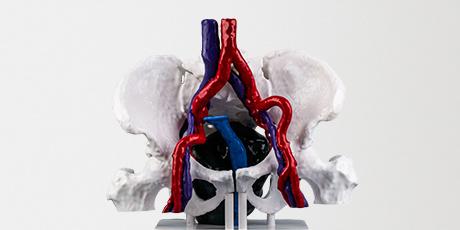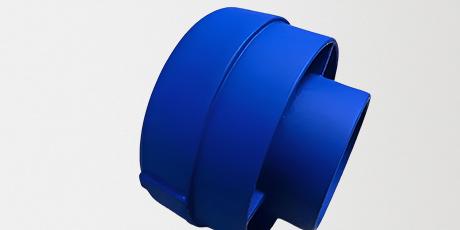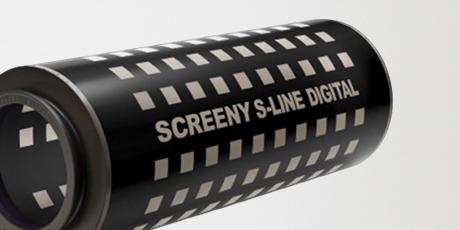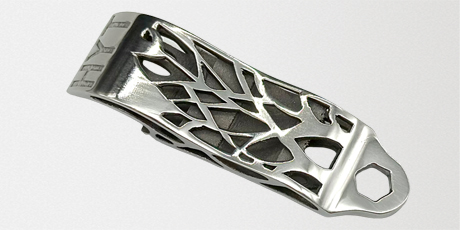
Quick Look
| Density(g/cm³) | Tensile Strength | Young's Modulus | Elongation at Break | Glass Transition Temperature |
|---|---|---|---|---|
| 1.2 | 60MPa | 2048 ± 66 (MPa) | 12% | 113℃ |
About the Material
Advantages:
High Strength and Durability: PC offers high tensile strength and impact resistance, making it suitable for load-bearing and functional parts.
Heat Resistance: PC can withstand high temperatures, making it ideal for applications that require thermal stability.
Good Layer Adhesion: PC has good interlayer adhesion, resulting in strong and durable parts.
Transparency: PC can be printed with transparency, providing aesthetic options for visual models.
Limitations:
Print Difficulty: Printing with PC requires high temperatures and a heated build chamber, making it more challenging compared to standard materials.
Warping: PC has a tendency to warp during printing, requiring a controlled environment and proper adhesion techniques.
Fumes During Printing: PC emits fumes when heated, requiring proper ventilation during the printing process.
Chemical Composition Table for PC
| Component | Composition |
| Polycarbonate | 100% |
| Additives | Varies |
Mechanical Machining Properties Table for PC
| Property | Value |
| Machinability Rating | Moderate |
| Cutting Speed (m/min) | 10-20 |
| Tool Wear Resistance | Moderate |
| Coolant Requirement | Optional |
| Surface Finish Quality | High |
Design Parameters Table for FDM Printing with PC
| Maximum Bulid Size(mm) | Minimum Wall Thickness | Minimum Drill Size | Minimum Assembly Gap | Tolerance |
| 400*450*600 | 0.6mm | 1mm | 0.2mm | ±0.3% (lower limit of ±0.1 mm) |
Industry Applications and Case Studies for FDM Printing with PC
Automotive Industry:
Application: Production of durable and heat-resistant components.
Case Study: An automotive company used PC to produce headlight housings, leveraging the material's heat resistance and toughness.
Consumer Electronics:
Application: Manufacturing of protective casings and housings for electronic devices.
Case Study: A consumer electronics manufacturer used PC to create durable housings for electronic products, benefiting from its impact resistance and optical clarity.
Industrial Equipment:
Application: Production of custom machine components and tooling.
Case Study: A manufacturing company used PC to produce jigs and fixtures for their assembly line, benefiting from the material's strength and durability.
Frequently Asked Questions (FAQs) about FDM Printing with PC
What are the benefits of using PC in 3D printing?
PC offers high impact strength, heat resistance, and good optical clarity, making it suitable for functional parts and demanding applications.
Is PC suitable for functional parts?
Yes, PC is ideal for functional parts that require high strength, durability, and resistance to heat.
What industries benefit from FDM printing with PC?
Industries such as automotive, consumer electronics, and industrial manufacturing benefit from the strength and versatility of PC.
How accurate is FDM printing with PC?
FDM printing with PC can achieve tolerances of ±0.3 mm, suitable for most prototyping and functional applications.
What post-processing is required for PC-printed parts?
Post-processing may include sanding, painting, or annealing to improve the surface finish and mechanical properties.
Can PC be used in high-temperature environments?
PC has a glass transition temperature of 150°C, making it suitable for high-temperature applications.
How strong are PC-printed parts?
PC-printed parts are strong and durable, with excellent mechanical properties, making them suitable for structural and load-bearing applications.
Finishing Options








Parts Made by AutofabX

